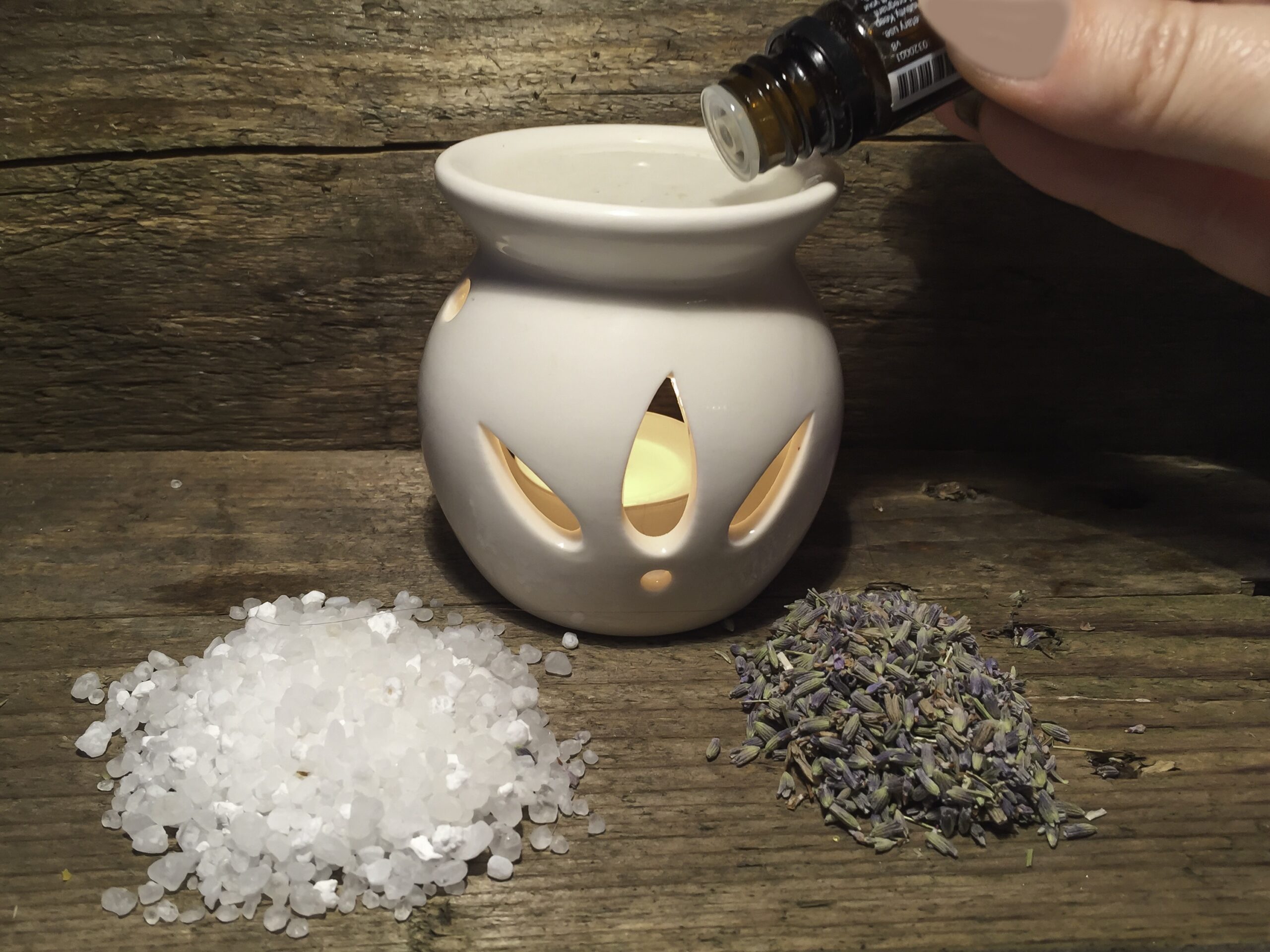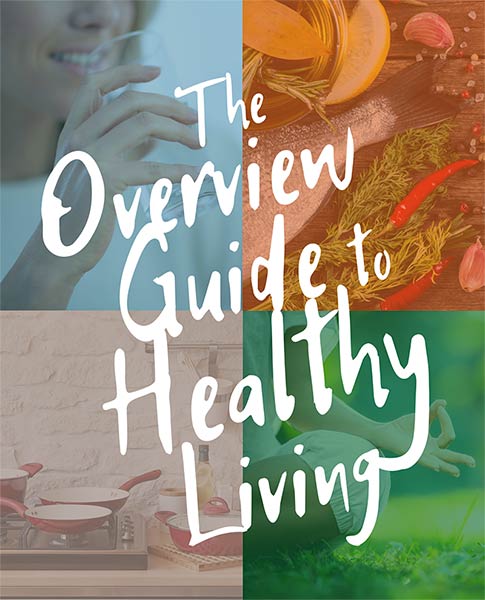Aromatherapy is the therapeutic use of essential oils, or volatile oils, to promote health and wellbeing. Essential oils have a high odorous principle generally formed by complex types of compounds. They are stored in specialized cells and are often found in flowers, roots, leaves, wood, stems, fruits, barks and saps. The medicinal use of essential oils dates back thousands of years, and documented use of aromatherapy is found among ancient Egyptians, Romans and Greek, ancient Arabian people, and all through Asia (Fontaine, K., 2019). The Bible mentions essential oils several hundreds of times.
I have been exposed to aromatherapy since a very young age, and I strongly believe in the power of aromatherapy. Our sense of smell is one of our most primitive senses. Inhaling essential oils has repercussions on our limbic system, the part of our brain that is related to thoughts and emotions. This can have positive effects on mental and emotional wellbeing. Aromatherapy does not claim to cure cancer or diabetes of course, but more and more studies shows its effects not only on the mood and emotions, but also on a physiological level. Essential oils are proven to lower biomarkers associated with stress such as heart rate, blood pressure, and cortisol (Schneider R., 2016). Moreover, essential oils have antiviral, antibacterial, antiseptic and antimicrobial properties (Fontaine K., 2019). For example, essential oils of oregano, thyme, lemon and lavender have proven successful against E. Coli and strains of Enterococcus and Staphylococcus (Man A. et al., 2019). Essential oils have been proven effective even against MRSA (Gómez-Sequeda, N. et al., 2020). Moreover, more and more medical establishments recognize aromatherapy’s place as an adjuvant in cancer care, palliative care, hospice and end of life care (Reis & Jones, 2017). Aromatherapy is also used in recovery rooms to treat post op nausea and vomiting (Hines S. et al. 2018), and it is used as a non-invasive alternative to pain management during labor and childbirth (Tabatabaeichehr & Mortazavi, 2020).
Personally, I have used aromatherapy successful to combat dysmenorrhea, to help with anxiety and panic attacks, and I have used it on my children to help them unwind after a busy day and to help them sleep. When I was in my 20s I used to suffer from painful menses. I remember having to lay on the couch for the first two or three days of my cycle, often needing a hot water bottle on my abdomen to help calm the terrible cramping. I used to feel dizzy; sometimes my back would hurt to the point I could barely stand up. I even fainted on more than one occasion. Then my herbalist suggested I try blending lavender and cinnamon essential oils, adding them to almond oil and massaging them on my abdomen several times a day, starting a few days before the onset of menses. The remedy worked exceptionally well for me, and I was pleased to find studies published on the efficacy of aromatherapy for menstrual symptoms. For example, a randomized placebo-controlled clinical trial on female college students showed that an essential oil blend of lavender, rose and clary sage was effective in lessening the symptoms of dysmenorrhea (Han S. H., et al., 2006).
A systematic literature review and meta-analysis on the effects of aromatherapy on sleep quality showed that the use of essential oils is effective in promoting sleep and improving sleep quality (Hwang & Shin, 2015). My favorite essential oil for sleep is sandalwood; my children and dogs respond very well to chamomile. I avoid using too much lavender with my boys, as there is some evidence that links lavender use to hormonal disruption in pubescent boys (Henley D. V. et al., 2007).
Essential oils that have anxiolytic properties are rich in terpenoid alcohols like lavender, rosewood, petitgrain, rose and geranium essential oils. These oils have been proven to have beneficial effects on anxiety and depression without causing dependence or side effects (Agatonovic-Kustrin S. et al., 2020). Other oils worth mentioning for their use to treat depression and anxiety are lemon, bergamot, ylang-ylang, vetiver, chamomile and frankincense.
References
Agatonovic-Kustrin, S., Kustrin, E., Gegechkori, V., & Morton, D. W. (2020). Anxiolytic Terpenoids and Aromatherapy for Anxiety and Depression. Advances in experimental medicine and biology, 1260, 283–296. https://doi.org/10.1007/978-3-030-42667-5_11
Gómez-Sequeda, N., Cáceres, M., Stashenko, E. E., Hidalgo, W., & Ortiz, C. (2020). Antimicrobial and Antibiofilm Activities of Essential Oils against Escherichia coli O157:H7 and Methicillin-Resistant Staphylococcus aureus (MRSA). Antibiotics (Basel, Switzerland), 9(11), 730. https://doi.org/10.3390/antibiotics9110730
Han, S. H., Hur, M. H., Buckle, J., Choi, J., & Lee, M. S. (2006). Effect of aromatherapy on symptoms of dysmenorrhea in college students: A randomized placebo-controlled clinical trial. Journal of alternative and complementary medicine (New York, N.Y.), 12(6), 535–541. https://doi.org/10.1089/acm.2006.12.535
Hwang, E., & Shin, S. (2015). The effects of aromatherapy on sleep improvement: a systematic literature review and meta-analysis. Journal of alternative and complementary medicine (New York, N.Y.), 21(2), 61–68. https://doi.org/10.1089/acm.2014.0113
Henley, D. V., Lipson, N., Korach, K. S., & Bloch, C. A. (2007). Prepubertal gynecomastia linked to lavender and tea tree oils. The New England journal of medicine, 356(5), 479–485. https://doi.org/10.1056/NEJMoa064725
Hines, S., Steels, E., Chang, A., & Gibbons, K. (2018). Aromatherapy for treatment of postoperative nausea and vomiting. The Cochrane database of systematic reviews, 3(3), CD007598. https://doi.org/10.1002/14651858.CD007598.pub3
Karen Lee Fontaine. (2019). Complementary & integrative therapies for nursing practice. Pearson.
Man, A., Santacroce, L., Jacob, R., Mare, A., & Man, L. (2019). Antimicrobial Activity of Six Essential Oils Against a Group of Human Pathogens: A Comparative Study. Pathogens (Basel, Switzerland), 8(1), 15. https://doi.org/10.3390/pathogens8010015
Reis, D., & Jones, T. (2017). Aromatherapy: Using Essential Oils as a Supportive Therapy. Clinical journal of oncology nursing, 21(1), 16–19. https://doi.org/10.1188/17.CJON.16-19
Tabatabaeichehr, M., & Mortazavi, H. (2020). The Effectiveness of Aromatherapy in the Management of Labor Pain and Anxiety: A Systematic Review. Ethiopian journal of health sciences, 30(3), 449–458. https://doi.org/10.4314/ejhs.v30i3.16
Schneider R. (2016). There Is Something in the Air: Testing the Efficacy of a new Olfactory Stress Relief Method (AromaStick®). Stress and health : journal of the International Society for the Investigation of Stress, 32(4), 411–426. https://doi.org/10.1002/smi.2636

